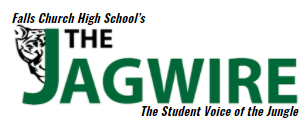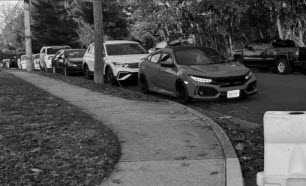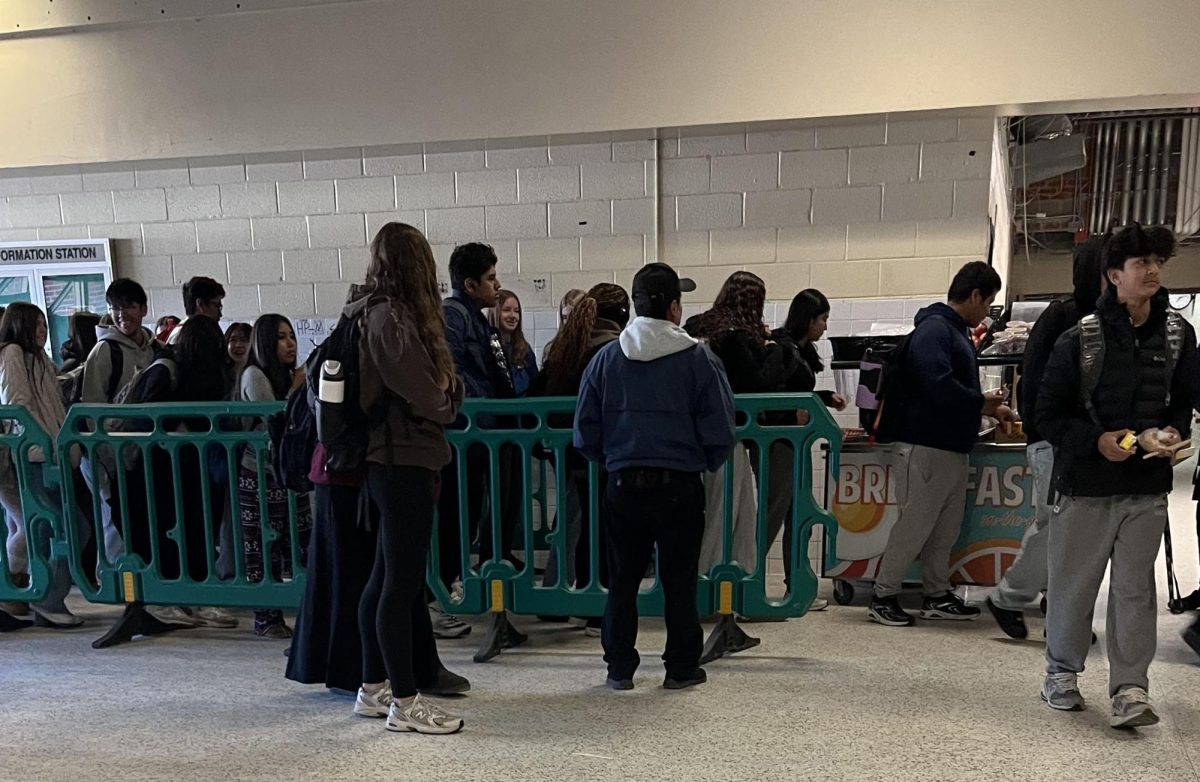Since construction began, parking on campus has become a daily struggle as the demand for spaces has far exceeded the available spots.
With limited parking facilities, students and staff face significant challenges that affect their ability to arrive on time and start their day prepared.
Students have learned that to secure a parking spot, they often need to arrive much earlier than they would like. This early arrival means sacrificing sleep or rushing through morning routines to ensure a space.
Teachers, too, have been impacted, with some arriving significantly before sunrise to claim one of the limited spots. For many who have families to care for or long commutes, this extra time adds stress to their morning.
One of the biggest issues with the parking shortage is the “overflow” effect. When designated parking areas fill up, students and staff often look for spaces in surrounding neighborhoods or on nearby streets, such as
the parking near Providence Recreation Center. This practice can lead to increased tensions between the school and its neighbors, as local residents become frustrated with cars blocking driveways or filling up their street
parking.
This overflow also creates safety concerns, as students crossing busy streets to get to school may be at higher risk of accidents.
“The biggest issue now is the traffic flow, and we are looking to get more parking soon,” said Assistant Principal Peter Lake, who is a part of the
renovation team.
Parking illegally or in unauthorized areas can lead to tickets or towing, creating an added financial burden for students who may already be juggling part-time jobs, extracurriculars, and academic responsibilities
Providence Recreation Center employees have posted a few signs regarding their stance on high school parking, it reads as follows, “No high school parking, unauthorized vehicles towed at owner’s expense.”
Teachers, too, are feeling the impact of the limited parking, although the situation for teachers has gotten better in the last year.
Given the scarcity of parking, students have begun exploring alternative options, such as carpooling, biking, or using public transportation. Carpooling, in particular, has gained popularity among students, allowing groups to share rides and reduce the number of vehicles competing for parking. Some students are biking to school, though this presents challenges during colder months or inclement weather.
School administrators are aware of the parking issue and have been working on potential solutions. However, expanding parking infrastructure comes with challenges, including budget constraints and limited available land.
For now, many proposed solutions remain in the planning stages, leaving students and teachers to continue facing the daily parking scramble.
As the school administration explores solutions, the school community has been left to adapt in creative ways—arriving early, carpooling, or finding
alternative modes of transportation.
“Our goal is, as trailers disappear, we’ll start getting more parking next school year for both staff and students. So right now we have 264 parking
spots, but when the trailers go we will have 300 or more spots on campus,” said Lake.



